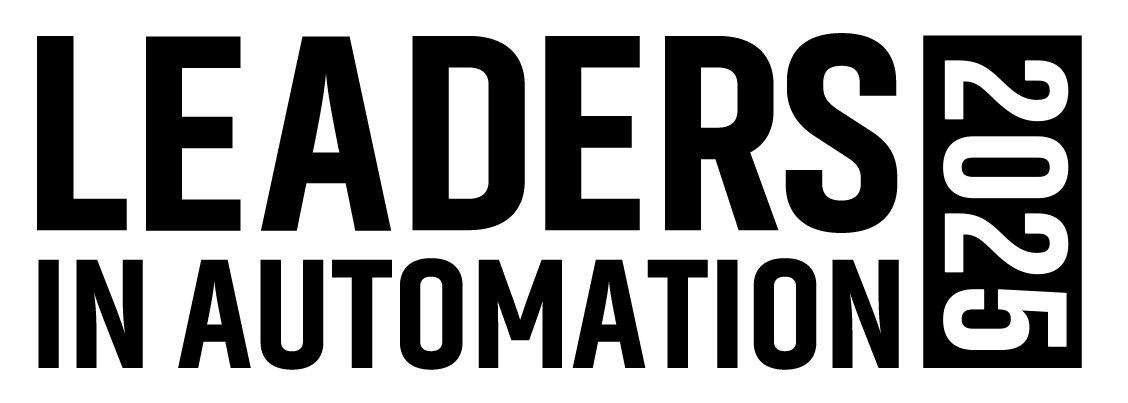Return on Automation, A Tale of Three Companies (sidebar)
Garbage in, garbage out is a maxim in computer science that accountants should heed. The conventional methods of preparing annual budgets and measuring profitability are responsible for generating quite a bit of garbage in today’s economic and technological climate. The reason is that the budgets and forecasts prepared the conventional way not only rely on the previous year’s costs, but also assume static conditions.
Because these assumptions are becoming less valid in the global economy, companies should abandon the practice of basing the budgets and forecasts on last year’s costs. “Market conditions have become so dynamic that you are not doing yourself a favor by continuing to use old costs for calculating your profitability,” explains Andy Chatha, president, ARC Advisory Group Inc., Dedham, Mass. “You really ought to start using what we call real-time accounting, based on real-time costs.” He advocates using current costs as they fluctuate throughout the year to make decisions.
The necessary information is available in most automated facilities that are using modern data acquisition and computing systems. Converting to real-time accounting is just a matter of programming the existing infrastructure. The initial foray needn’t be elaborate. “You can start doing some of these calculations in a spreadsheet,” says Chatha. “Then you could make it more complex as you learn.”
Although a number of companies have begun using the accounting technique and have reported favorable results, the number is still too small to suit Chatha. For this reason, his organization has based its Real-time Performance Management practice on the technique.
See the story that goes with this sidebar: Return on Automation, A Tale of Three Companies
About the Author
James R. Koelsch, contributing writer
Contributing Editor

Leaders relevant to this article: